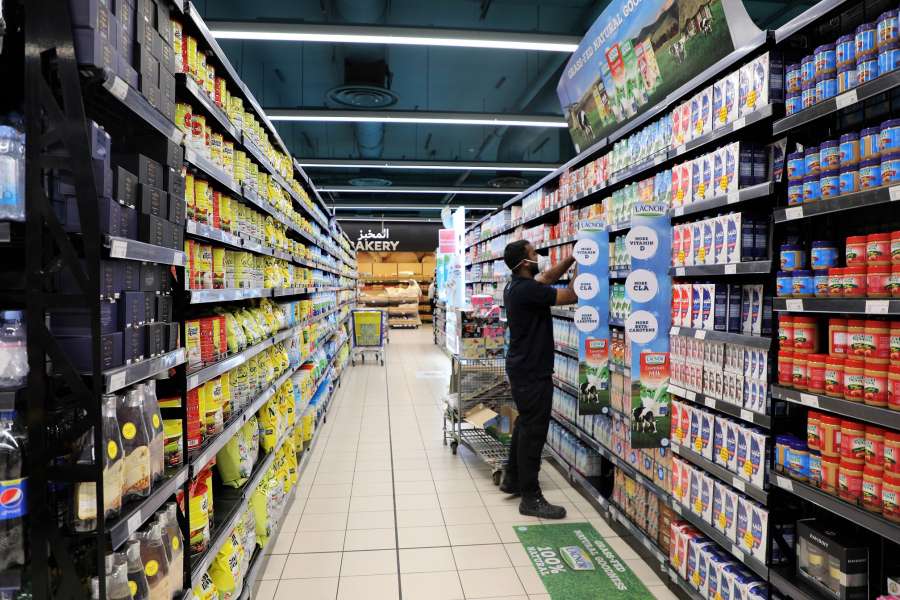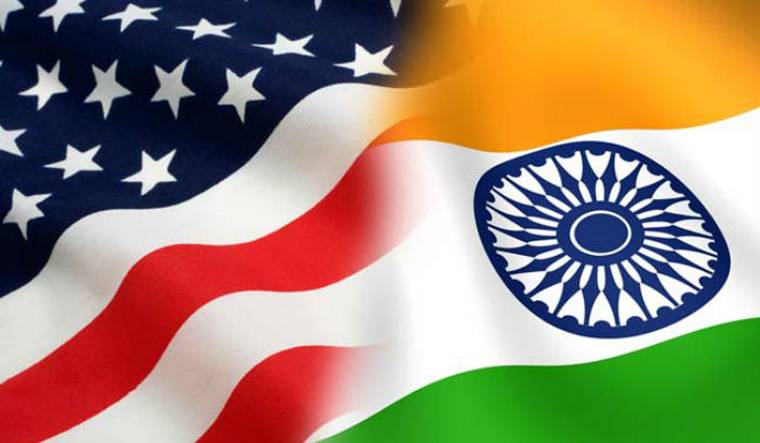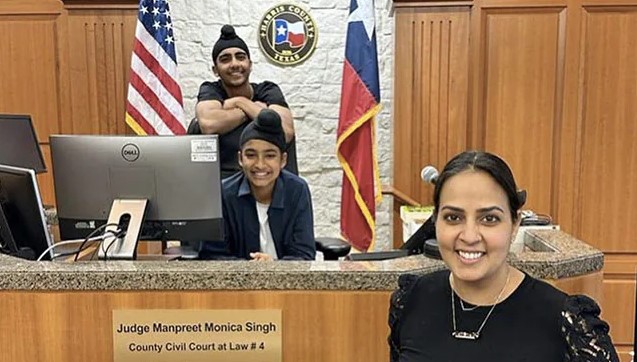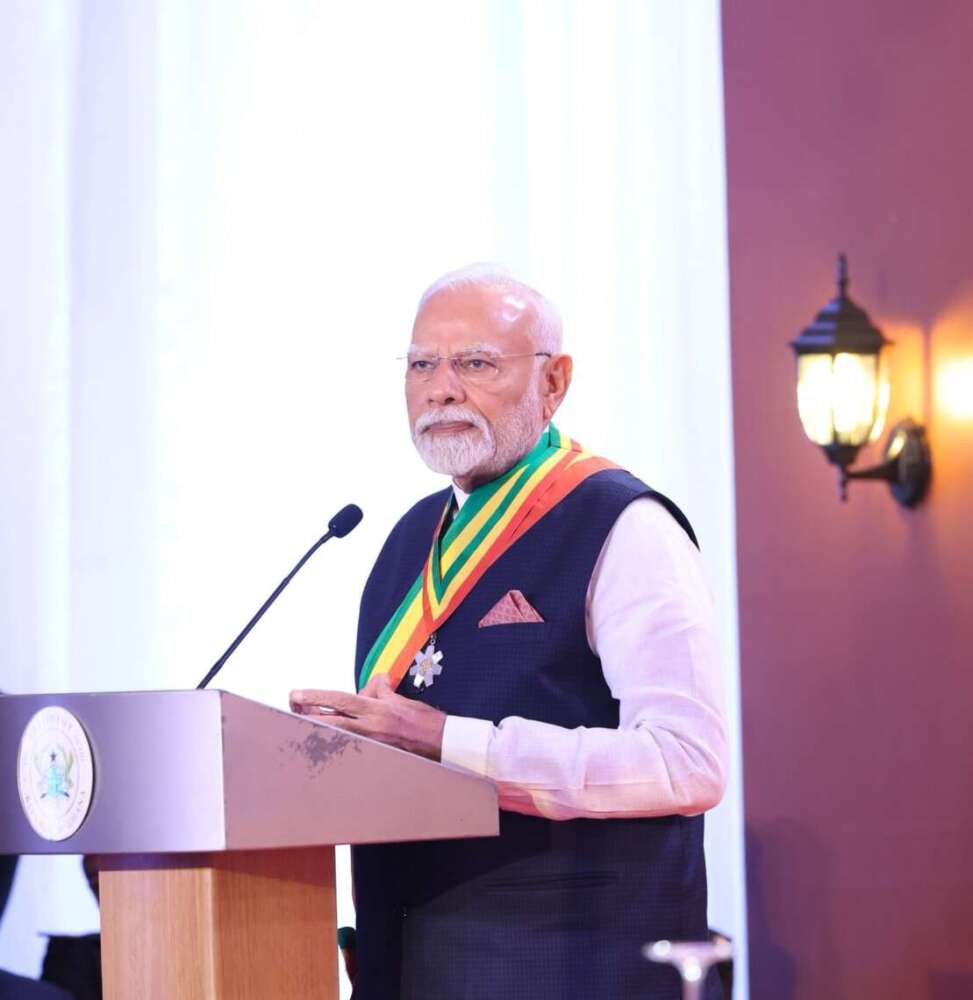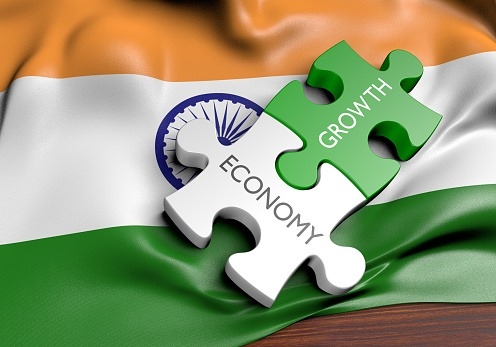The team collected data on 14,666 individuals from 6,621 families and found that food-insecure families had 20% greater total healthcare expenses than food-secure families…reports Asian Lite News
Researchers at the Wake Forest University School of Medicine have reported the findings of a new study that shows food-insecure families spend more money on health care than food-secure families.
According to a study published in the journal ‘Health Affairs’, food insecurity, defined as the limited or uncertain availability of nutritionally adequate and safe food, affects approximately 10.2% of U.S. households. Food insecurity is even higher in families with children, at 12.5%. “We know that food insecurity has a negative impact on individual health outcomes,” said Deepak Palakshappa, M.D., associate professor of general internal medicine at Wake Forest University School of Medicine and principal investigator of the study, adding, “But we need a better understanding of the financial implications on families and health care expenditures.”
In the retrospective study, Palakshappa’s team sought to determine the association between a family’s food insecurity over the course of one year and their healthcare expenditures throughout the following year. Researchers analysed data from the 2016 and 2017 Medical Expenditure Panel Survey, a large-scale survey conducted annually by the Agency for Healthcare Research and Quality that is representative of the U.S. population. The survey collects information from U.S. medical providers about health care services, health insurance, expenditures and sociodemographic characteristics.
The team collected data on 14,666 individuals from 6,621 families and found that food-insecure families had 20% greater total healthcare expenses than food-secure families, an annual difference of about $2,456.
“We found that food insecurity in 2016 was associated with increased care expenditures in 2017 among families regardless of insurance coverage type,” Palakshappa said.
The results also have significant implications for any potential programs or policies aimed at addressing food insecurity.
“Interventions that address food insecurity in one or more specific family members may also provide benefits to others in the home,” Palakshappa said, adding, “And there’s a potential financial benefit for insurers to invest in these programs.”
Palakshappa’s team also found that 1 in 5 families had more than one insurance plan, making it challenging to determine the full financial benefit of food insecurity interventions in households with mixed insurance coverage.
“More parents are enrolling their children in Medicaid or CHIP instead of their employer-sponsored health insurance because of increased out-of-pocket expenses,” Palakshappa said, adding, “However, the expansion of public subsidies such as the Supplemental Nutrition Assistance Program or child tax credits can alleviate food insecurity.”
Palakshappa said additional research is needed to evaluate how addressing food insecurity at an individual patient visit may affect the health outcomes and healthcare utilisation of other family members. (ANI)


